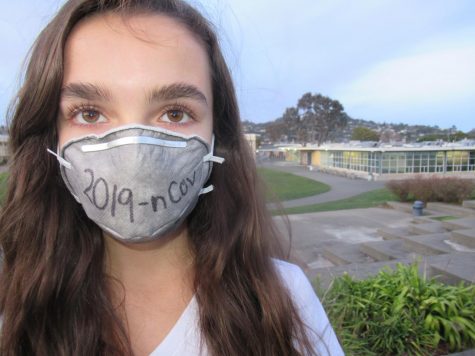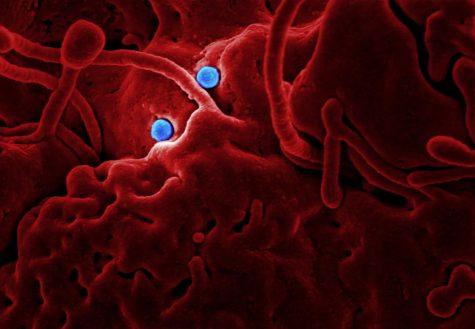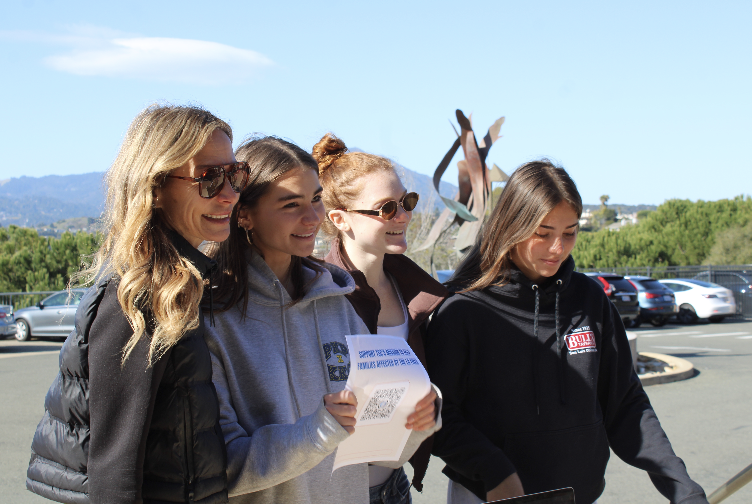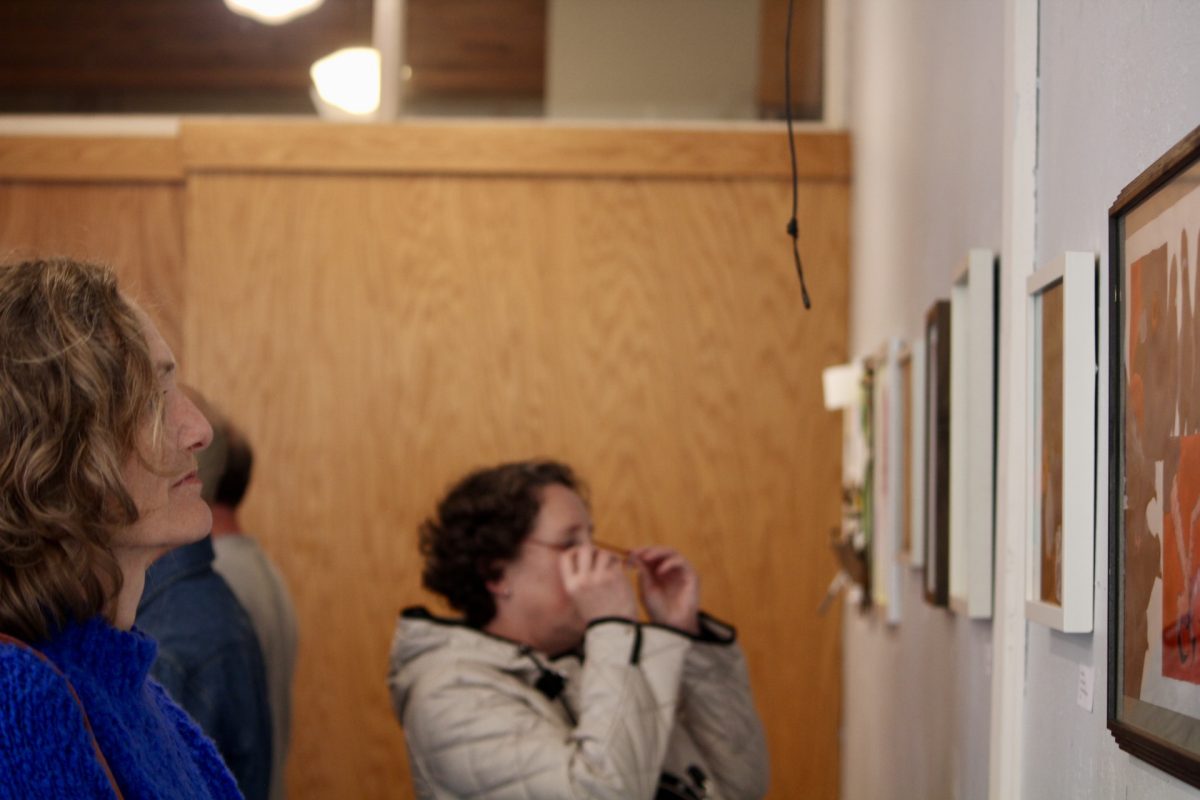
A recent outbreak of novel coronavirus (2019-nCov) was detected in Wuhan, China and reported to the World Health Organization (WHO) on Dec. 31. As of Feb. 9, the disease has spread to 28 different countries including Japan, Australia and the United States.
Coronavirus is a family of respiratory illnesses that primarily infects animals but can evolve to infect humans, according to the Center for Disease Control (CDC). The spectrum of viruses ranges from the common cold to fatal Middle East respiratory syndrome (MERS) and severe acute respiratory syndrome (SARS), with the latter killing 800 people following an outbreak in China in 2003.
According to Dr. John Campbell, an independant health analyst, the novel coronavirus is spread in a very similar way to SARS.
“Certainly what happened with SARS was that the virus went onto surfaces that [people] [were] coughing or sneezing onto. How long the [novel coronavirus] can live on surfaces is not quite clear; it depends on the temperature,” Dr. Campbell said in an interview with Arirang News. “With SARS, it was possible for the virus to live on surfaces for four, five or six days. Until we get more precise data, it might be safe to assume that the same is true for this virus.”
The death toll of the new version of coronavirus has reached over 813, according to CNN, with over 37,000 people currently infected worldwide. There is presently no vaccine available nor a known cure, though treatments are being researched.
As of Feb. 9, 12 reports of the disease have been confirmed in the United States, with six cases in California. Southern California has had two instances: one in Los Angeles and another in Orange County. Northern California has a total of four confirmed cases: two in San Benito County and another two in Santa Clara County. The patients are being contained in-home or at an undisclosed hospital. Authorities have reassured the public that there is no evidence of transmission.
According to Redwood nurse Deborah Meshel, in the event of a virus hitting Redwood, the school would work closely with the public health deputy, take cues from their office and exclude kids showing indicative symptoms from school at the public health department’s discretion. However, Meshel has never dealt with a virus that has warranted a response of such intense caliber.
“In the [time I’ve been a nurse], we’ve never been involved in excluding kids or shutting down a school,” Meshel said.
Furthermore, according to Bay Area-based infectious disease specialist Dr. Hiroyu Hatano, the panic caused by the coronavirus outbreak will ease as more information comes to light.
“It is often fear of the unknown that potentially leads to behaviors that are at best unkind and at worst discriminatory. Knowledge can break down those fears and prejudices,” Dr. Hatano said. “As we understand more about the virus, it will follow the path of many other pathogens, [where] it is a known entity and there is a lot less panic around it.”
In the hopes of preventing additional cases of 2019-nCov in the United States, screenings are being conducted for passengers traveling to the United States from Wuhan. San Francisco International Airport (SFO) is among one of the seven major airports in the country performing the screenings. SFO declined to comment.
Additionally, both American Airlines and United Airlines have canceled a number of flights to and from China resulting in a lack of ticket sales, according to Barron’s, an online news source. As one of the most prominent airlines connecting the United States and China, United is set to lose a sizable amount of money during their week-long hiatus from flights to and from China, starting Feb. 8.
The CDC issued a response regarding the outbreak on their website on Jan. 25, stating, “Investigations are ongoing to learn more, but person-to-person spread of 2019-nCoV is occurring. It’s important to note that person-to-person spread can happen on a continuum.”

The U.S. government recently declared the outbreak a global health emergency, effectively placing roughly 200 Americans returning from China to California under quarantine at either the Travis Air Force Base in Fairfield or Marine Corps Air Station Miramar in Southern California. Both the U.S. and Australia have taken precautions by closing their borders to people traveling from China.
With regard to personal precautions, Dr. Hatano reassures that there are no extreme measures that should be taken and that avoiding infection primarily whittles down to common sense.
“Wash your hands frequently, cough into your elbow, notify somebody if you get sick––it is nothing beyond that. We do not need to take any additional precautions other than what we should be doing already during flu season,” Dr. Hatano said.
In an attempt to quell the spread of the disease, the Chinese government is taking various precautions to avoid transmitting the disease, including an issuance of $3.9 billion for epidemic prevention and control. Their government is also avoiding large gatherings and encouraging people to stay inside, according to CNBC. Many businesses have also temporarily shut-down, including all 30 of the Ikea stores in China.
Although panic is currently widespread, Dr. Hatano reassures that the virus will most likely subside.
“I think that we will find that the virus is probably no more virulent than any other Influenza-like viruses. I think that a lot of this will [blow over] once we have more information about it,” Dr. Hatano said.
Additional reports on the virus and its spread can be found on the CDC’s website (www.cdc.gov).







